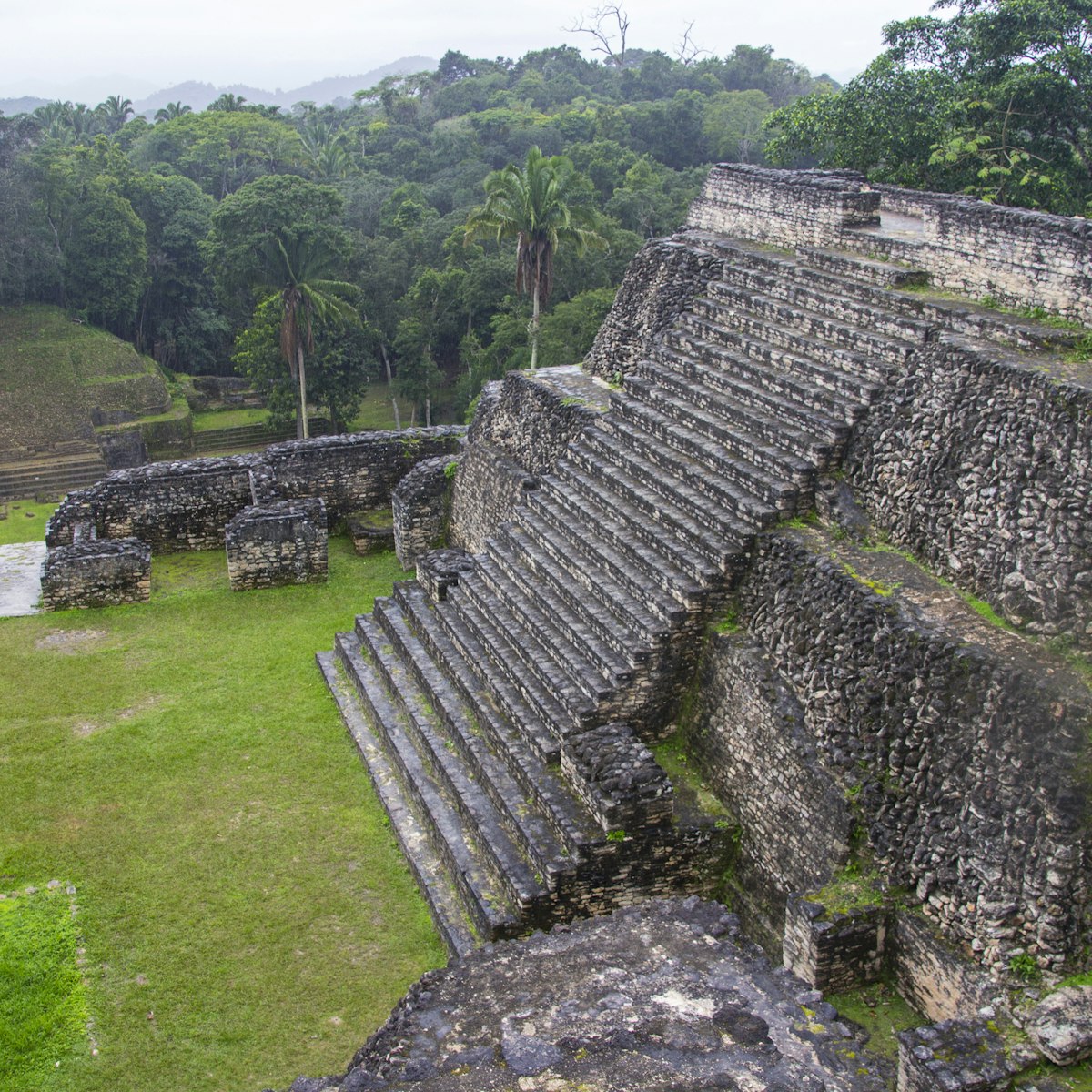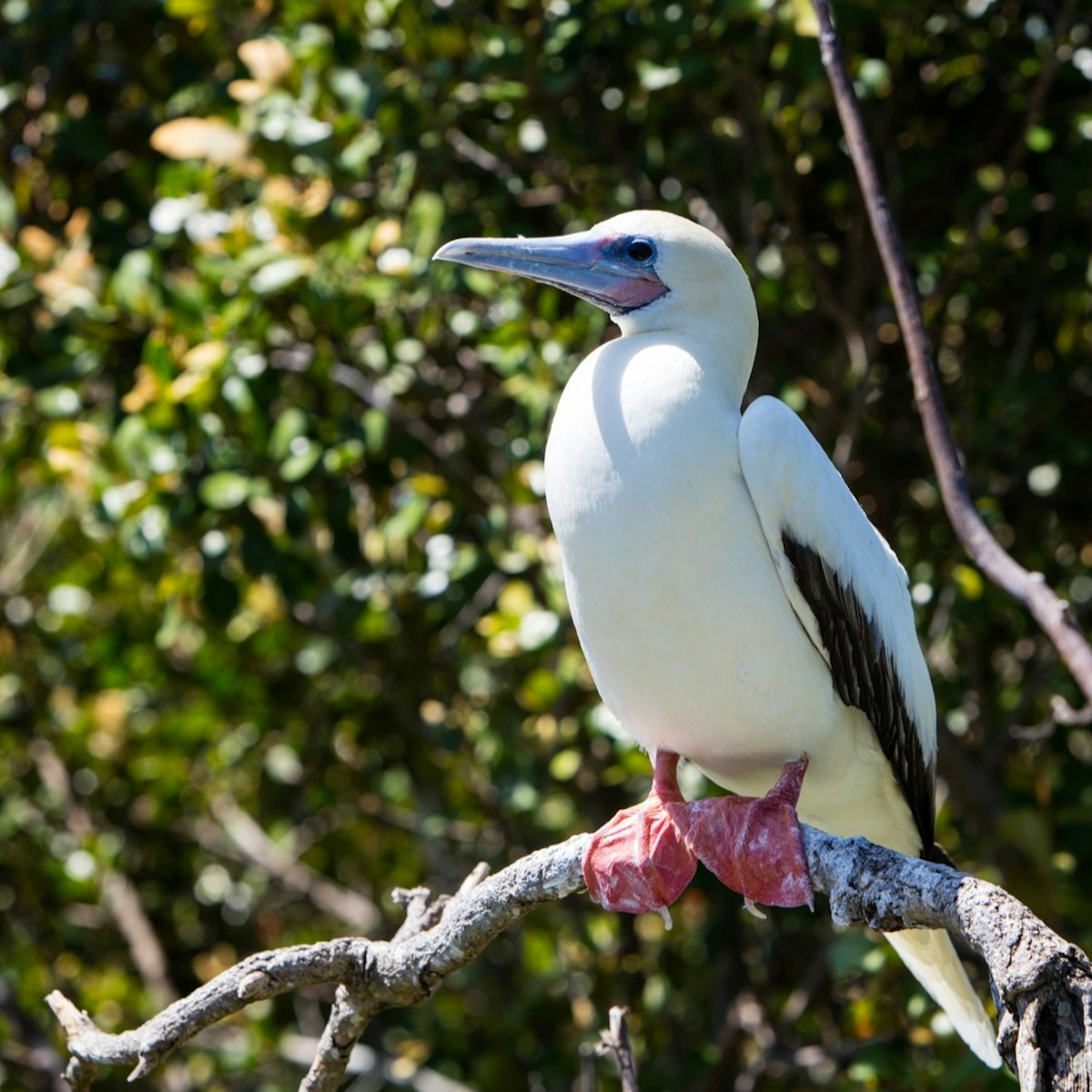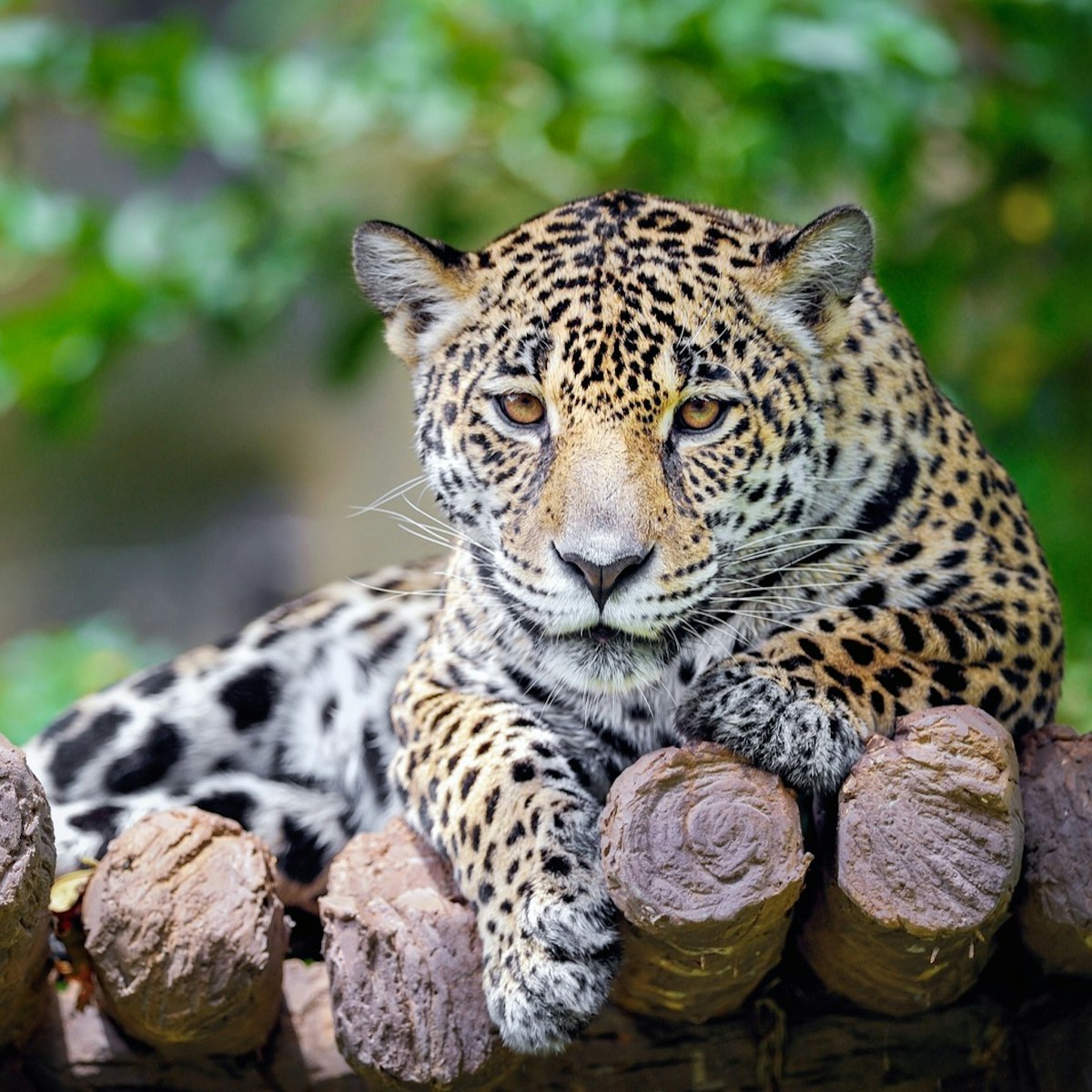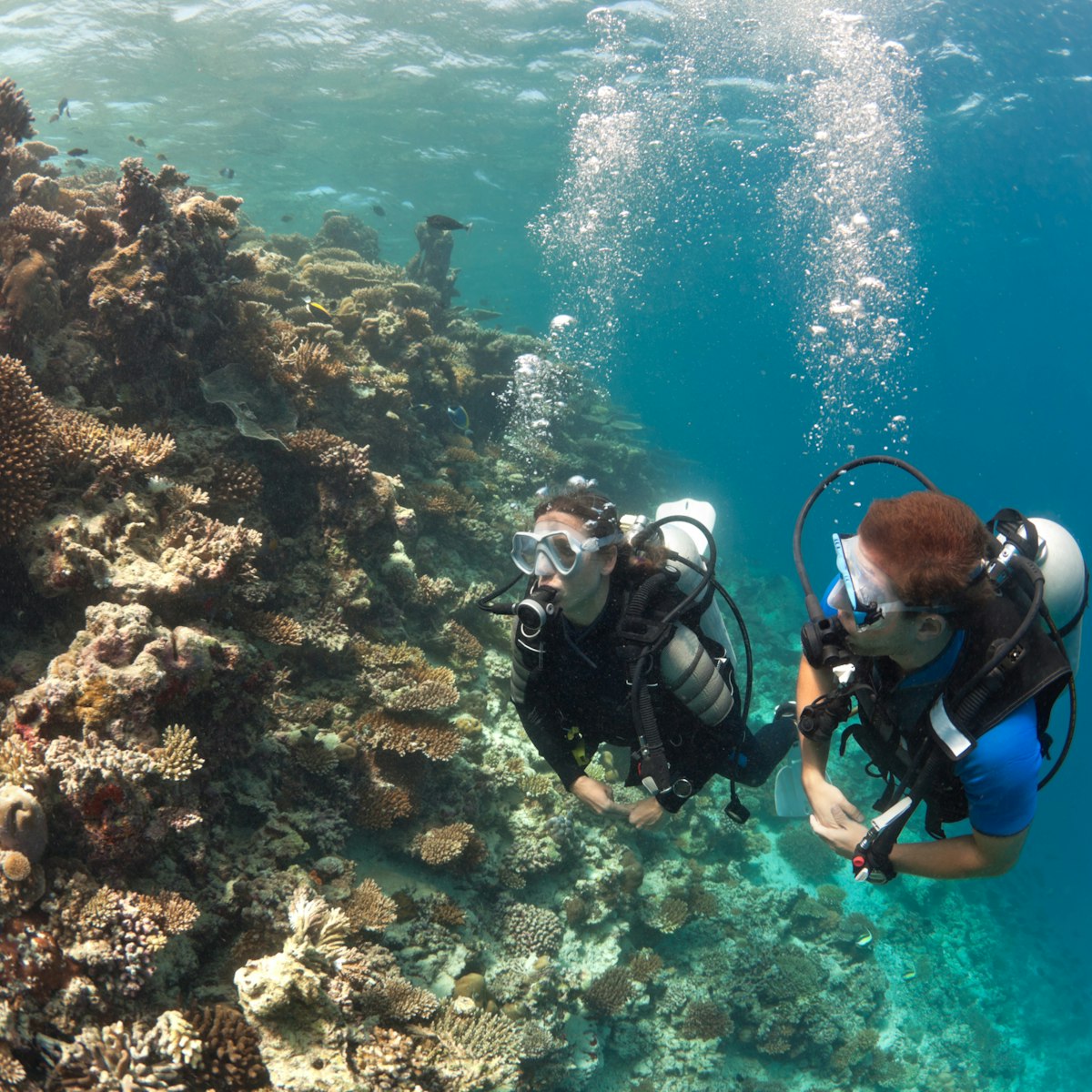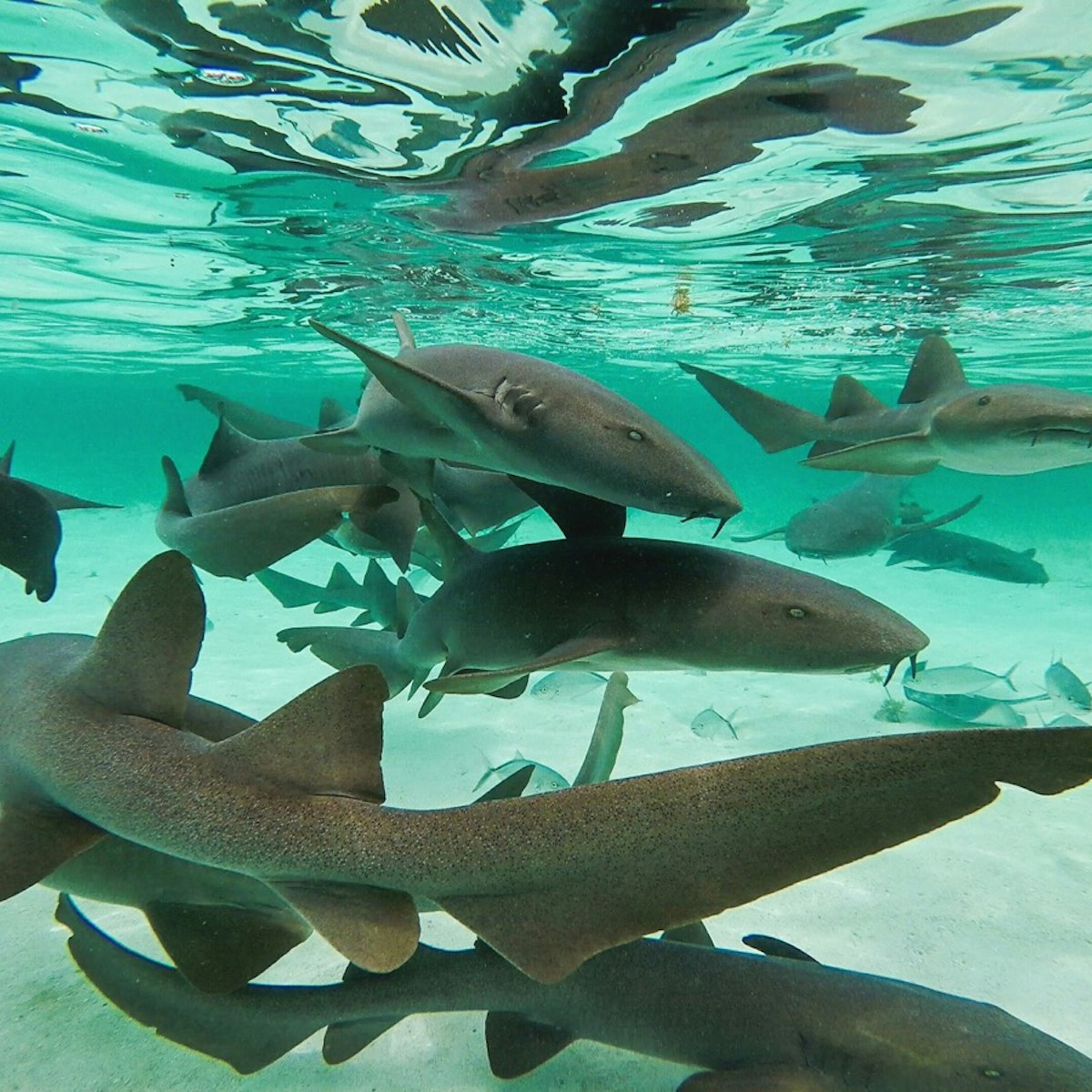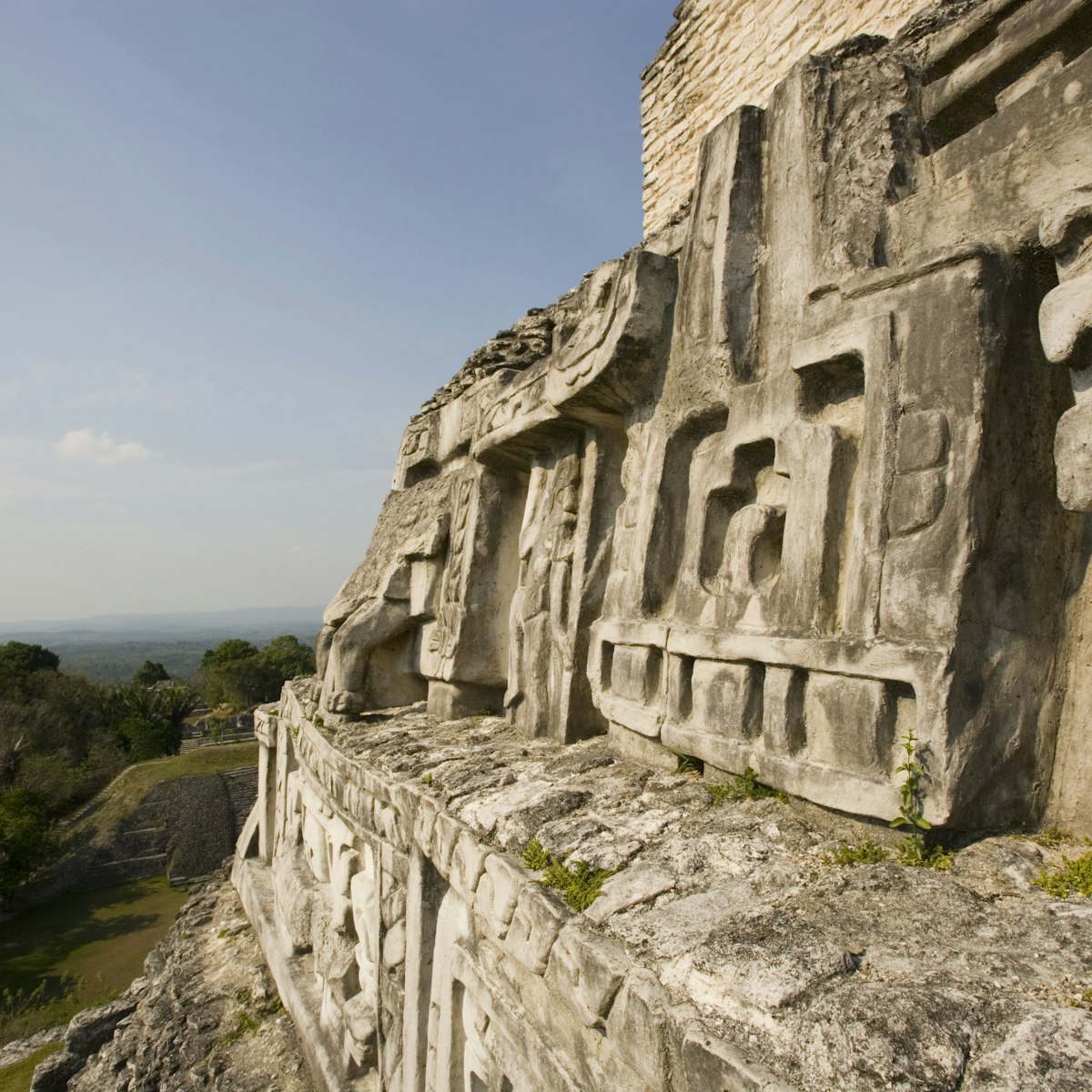
The Cockscomb Basin Wildlife Sanctuary is Belize’s most famous sanctuary and one of its biggest protected areas. This great swath of tropical forest became the world’s first jaguar sanctuary in 1984, thanks to the efforts of American zoologist Alan Rabinowitz. Today this critical biological corridor is home to an estimated 40 to 50 jaguars and a vast array of other animal, bird and botanical life.
The unpaved, 6-mile road to the sanctuary starts at the village of Maya Center, on the Southern Hwy, 5 miles south of the Hopkins turnoff. The sanctuary office, where you pay admission, is at the end of the road. The office has trail maps (BZ$5) plus a few gifts, soft drinks and chocolate bars for sale. You can also rent binoculars (BZ$5 per day).
The visitor sighting book records instances of people spotting jaguars (often on the drive in), so it is possible. But, despite its size, the sanctuary itself isn't big enough to support a healthy breeding population of jaguars. However, its position adjacent to other reserves and swaths of jungle make it part of a biological corridor that, many believe, offers promise for the jaguar's future in Central America.
Belize's four other wild cats, the puma, ocelot, margay and jaguarundi, also reside in and pass through the sanctuary, as do tapirs, anteaters, armadillos (the jaguar's favorite prey – crunchy on the outside, but soft and chewy on the inside), brocket deer, coatimundis, kinkajous, otters, peccaries, tayras iguanas, local rodents such as gibnuts, and other animals native to the area.
The sanctuary is also home to countless birds: over 290 feathered species have been spotted. Egrets, hummingbirds, the keel-billed toucan, king vulture, great curassow and scarlet macaw are just a few that live in or pass through the park.
There's also a thriving community of black howler monkeys living close to the visitors center. If you don't see them near the center, you'll definitely hear their eerie, cacophonous howling if you stay overnight. Large boa constrictors, small (and deadly poisonous) fer-de-lances and tiny coffee snakes are some of the snakes that call the sanctuary home.
 Publish for free
Publish for free

 zzdtravel
zzdtravel

